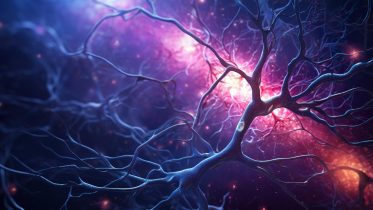Researchers at the University of Copenhagen have developed a machine learning algorithm that allows for real-time tracking of protein clumps under the microscope, a breakthrough in studying neurodegenerative diseases like Alzheimer’s and Parkinson’s. The algorithm automates the mapping and tracking of these clumps, which was previously a time-consuming task, potentially accelerating the development of new therapies for these conditions. Credit: SciTechDaily.
com Protein aggregation underlies many neurodegenerative diseases affecting the brain, including Alzheimer’s and dementia. Scientists at the University of Copenhagen have created a new instrument to detect and analyze these small protein clusters. This breakthrough offers deeper insights into the body’s fundamental components and enhances the potential for improved treatments for conditions such as cancer, Alzheimer’s, and Parkinson’s.

Nearly 100,000 Danes aged 65 and older, along with over 55 million individuals globally, suffer from dementia-related conditions like Alzheimer’s and Parkinson’s disease. These disorders originate when tiny cellular components aggregate and impair crucial bodily functions. The reasons for these occurrences and their treatment continue to elude scientists.
Until recently, exploring these diseases has been extremely difficult due to the lack of appropriate tools. Now, researchers from the Hatzakis lab at the University of Copenhagen’s Department of Chemistry have invented a m.
















